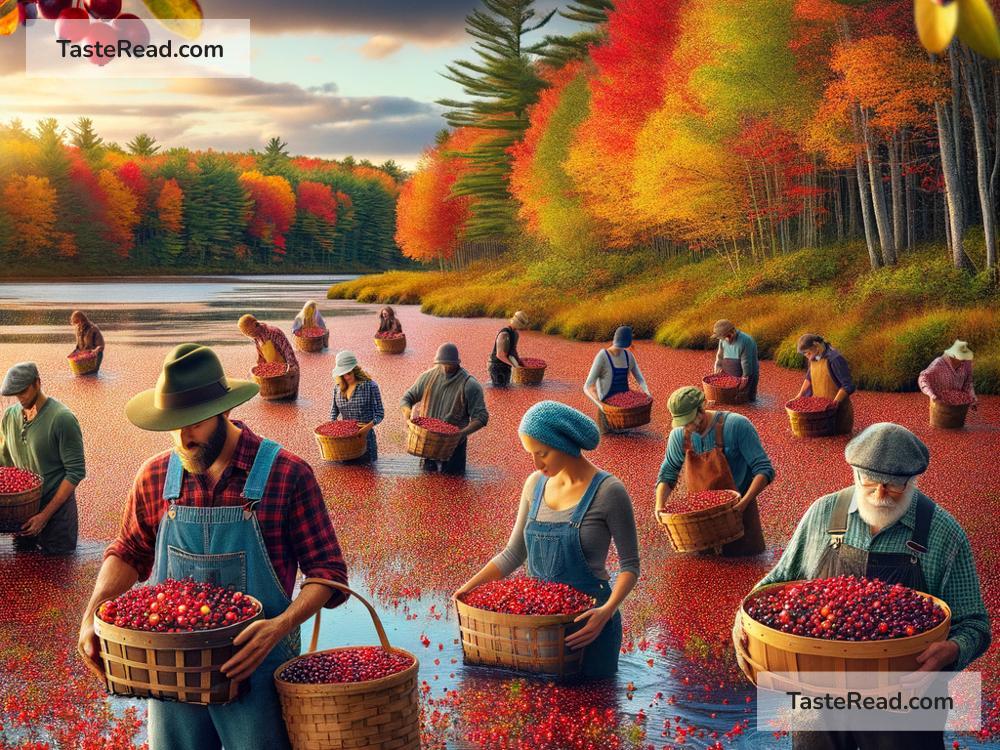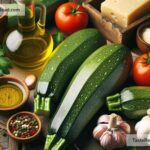The Surprising Tradition of Cranberry Bog Harvesting
Cranberries are fun, tart, and perfect for sauces, juices, and holiday feasts. But did you ever wonder how this little red fruit is grown and harvested? Cranberry harvesting is not just farming—it’s a fascinating tradition with unique methods that surprise many people. The sight of cranberry bogs during harvest season is a treat for the eyes, and the process itself celebrates nature, ingenuity, and hard work.
Let’s dive into the magical world of cranberry bog harvesting and learn why it’s truly something special.
What Is a Cranberry Bog?
First, we need to understand where cranberries grow. Cranberries don’t grow on trees or in fields like typical crops. Instead, they grow on low shrubs in marshy areas called bogs. A cranberry bog is a wetland where acidic soil, water, and a specific mix of conditions create the perfect environment for these fruits to thrive.
Bogs are usually surrounded by drainage systems or ditches to control the water levels. This setup comes in handy during cranberry harvesting, especially when farmers use the wet harvesting method, which we’ll explore soon.
Two Methods of Cranberry Harvesting
Cranberries can be harvested in two main ways: wet harvesting and dry harvesting. Both methods are essential for the industry and depend on the final use of the fruit.
Dry Harvesting
Dry harvesting is the more traditional method. Farmers use mechanical pickers with comb-like features to gather cranberries directly off the plants. This method is typically used for fruits sold fresh in grocery stores because wet harvesting might damage the cranberry’s outer skin.
Dry harvesting requires patience and equipment designed to gently gather the fruit before sorting and packaging. While this process is less dramatic than wet harvesting, it is still fascinating to watch skilled farmers collect these tiny berries from their plants.
Wet Harvesting: A Unique Spectacle
The wet harvesting method is by far the most surprising and beautiful. Instead of picking berries directly off the shrubs, farmers flood the cranberry bogs with water. The bogs are filled with just the right amount of water—usually up to the hips of the workers—and then something remarkable happens. Cranberries float!
Cranberries have small, air-filled chambers inside them. This means that when the bogs are flooded, the berries detach from the shrubs and rise to the surface of the water. Farmers then use large machines called “water reels” to gently swirl the water, loosening the berries and gathering them into clusters.
Next comes the magic moment: colorful, ruby-red cranberries cover the surface of the water like a painting, creating a breathtaking view. Workers use tools and nets to corral the floating berries into large areas, where they are pumped out of the bog for further cleaning and processing.
Why Is Wet Harvesting So Popular?
Wet harvesting is popular for several reasons:
-
Efficiency: It’s much quicker than dry harvesting, as the floating berries are easier to collect in large groups.
-
Versatility: Wet-harvested berries are used primarily for juices, sauces, and other processed products. These products don’t require the whole cranberry to look perfect, so the process works well.
-
Sustainability: Flooding the bog is a temporary process, and the water is reused for farming purposes. This method also prevents soil erosion and maintains the overall health of the bog.
-
Visual Appeal: Photographers and visitors love to watch wet harvesting, as the sight of thousands of cranberries bobbing on the water is unforgettable.
The History Behind Cranberry Harvesting
Cranberries have been grown and harvested for centuries. Native American tribes first discovered these berries and used them for food, medicine, and dye. They even made a type of dried snack called pemmican, which included cranberries mixed with meat and fat.
When European settlers arrived in North America, they learned about cranberries and quickly adopted them into their diets. Over time, farmers developed more sophisticated methods to grow and harvest these fruits, leading to the creation of cranberry bogs as we know them today.
Modern cranberry harvesting incorporates technology and careful planning, but it still carries a sense of tradition and respect for nature.
Visiting a Cranberry Bog
If you ever get a chance to visit a cranberry bog during harvest season, don’t miss it! Harvest typically takes place in the fall, between late September and early November, when the berries are at their peak.
Some farms offer tours where visitors can see cranberry harvesting up close, take photos, and even try floating alongside the cranberries. These experiences bring people closer to agriculture and help them appreciate the hard work involved in growing their food.
Cranberries: More Than Just a Fruit
Now that you know about the surprising tradition of cranberry bog harvesting, it’s easy to see that cranberries are much more than just a fruit. They represent history, art, and the ingenuity of farmers who work with nature to create something beautiful.
So, the next time you sip cranberry juice or enjoy cranberry sauce at a holiday dinner, take a moment to think about the magical journey these berries went through—from a flooded bog to your table. Cranberries remind us that farming can be both practical and spectacular—a tradition worth celebrating!


